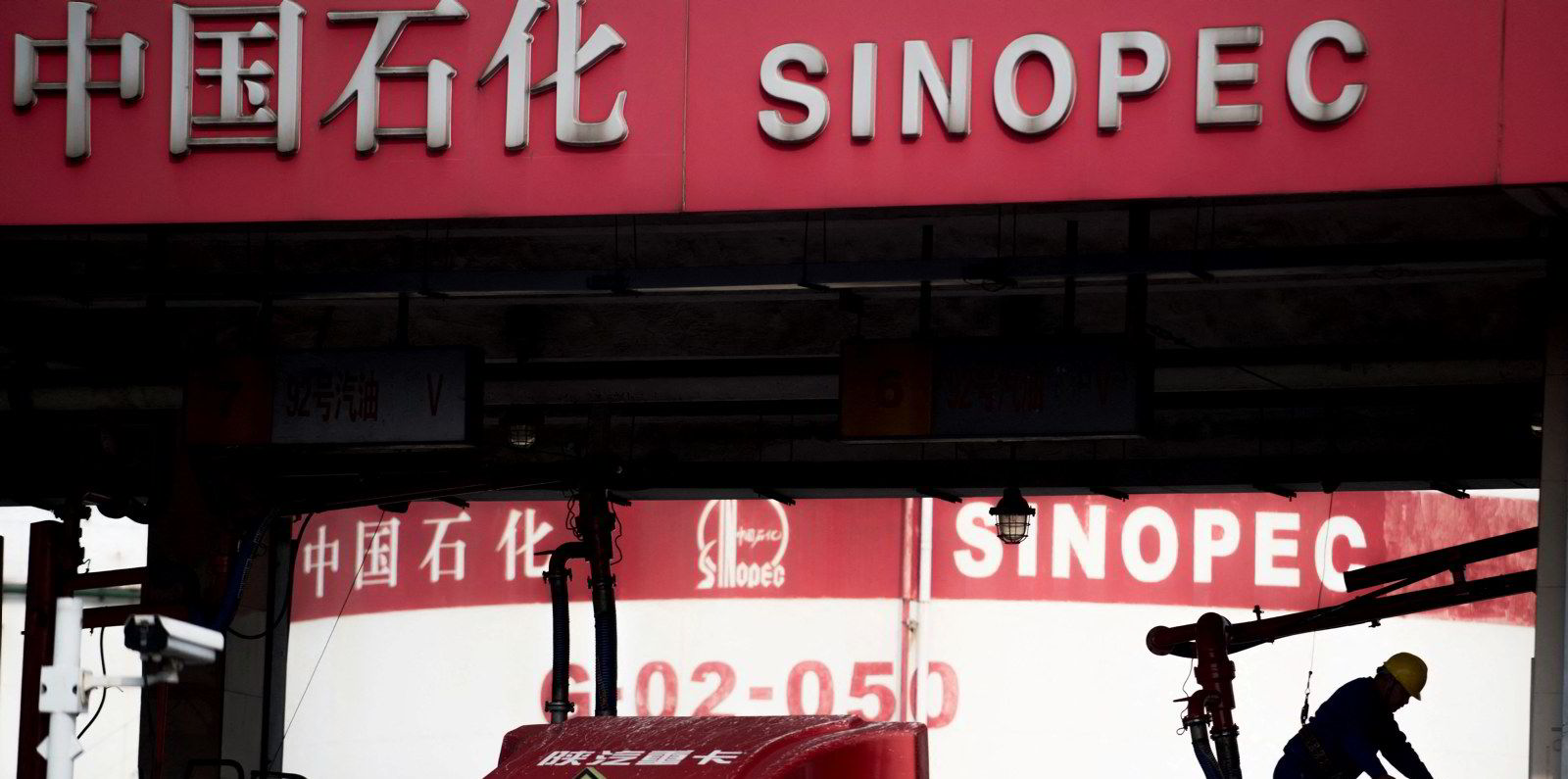A diplomatic deal that allows Iran to resume full-scale oil exports is likely to cut the size of the global VLCC tanker fleet and boost potential earnings, according to analysts.
Tehran confirmed on Tuesday that it had sent a written response to the European Union’s “final” plan to resurrect the 2015 nuclear deal that would lift US sanctions in return for control on Iran’s nuclear programme.
Iranian state media said three sticking points remained before a deal could be agreed upon. Analysts said there were major potential gains for the tanker sector, with both increased volumes and the scrapping of old vessels linked to the “dark” trade in sanctioned oil.
Oil experts said the return of Iranian oil to the market had become less of a political imperative for Joe Biden easing oil prices and the passage of a new law to reduce energy costs, lifting pressure on the US president before the US mid-term elections later this year.
Fearnley Securities said an extra 1m to 1.5m barrels per day (bpd) of Iranian crude could flow if the nuclear deal — dumped by Biden’s predecessor, Donald Trump, in 2018 — restarts and sanctions are lifted.
It said more than 10% of the VLCC fleet is being used in the growing fleet of vessels used in the trade of sanctioned barrels.
They have an average build year of 2001 to 2002 and would be scrap candidates in the normal fleet, Fearnleys said in a note last week.
“Lifting of sanctions would be a major boost to the market as far from all these vessels will make it back to the ‘normal’ tanker fleet,” it said.
“We see a return of trade flows for the VLCCs improving earnings outlook through [to] 2023, helped by eventual inventory builds, tight oil market, a strong supply side and potential geopolitical triggers such as an Iran deal as further positives.”
A new Iran deal could also put further pressure on Russian finances following its invasion of Ukraine. An EU ban comes into full force by early 2023 that the bloc said would affect 90% of Russian seaborne oil.
Since the invasion, Russia has increasingly sold cut-price crude to China and India, limiting the impact of Western sanctions.
Tamas Varga, an analyst at PVM Oil Associates, said: “China has previously been an exclusive buyer of Iranian oil. Some of those Russian barrels that China and India have picked up might be replaced by Iranian oil.
“If that’s the case, then there could be a bit of competition between Iran and Russia to supply India and China.”
Bjarne Schieldrop, chief commodities analyst at Nordic bank SEB, said there could be some downsides for the tanker sector of Iran returning to international trading by reducing voyage distances and cutting earnings.

Iranian Foreign Minister Hossein Amirabdollahian indicated on Monday that further wrangling would be necessary if a deal was to be concluded after months of indirect talks in Vienna between the US and Iran. He said a failure to revive the pact “would not be the end of the world”.
US Department of State spokesman Ned Price said on Monday that Iran had been making “unacceptable demands” before it would agree to the resumption of the nuclear deal.
“If Iran wants these sanctions lifted, they will need to alter their underlying conduct,” he told reporters.





